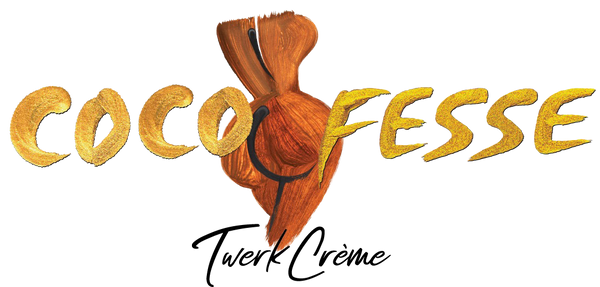The Coco Fesse story
When French navigators discovered the Maldives in the 1700’s, they didn’t just find exotic islands, they also found the most intriguing coconut. A coconut much larger than the other ones. A coconut that would require a huge palm tree.

However, that palm tree was not to be found on those islands. They concluded that this huge coconut must come from the sea, growing underwater. They called it the Coco de Mer or Coco of the sea.
It was not until 1768 that the mystery was solved, and that the Breton explorer Marion du Fresne discovered that they came from the coconut palms of the Seychelles, an archipelago still uninhabited at the time.
Interestingly, these coconuts, do not float when alive and therefore cannot travel with the ocean currents to other lands unlike the common coconuts. The locals, who then spoke French, didn’t call them Coco de Mer as obviously they didn’t come from the sea, but Coco Fesse which literarily means Coco Butt.
It owes its nickname to its shape resembling surprisingly that of a posterior and can weigh more than 20kg. The Coco Fesses derives its Latin name, Lodoicea callipyge, from the superposition of the name of Louis XV of France in Latin, Lodoicea, and from a Greek word meaning "who has beautiful buttocks", callipyge.
The Coco Fesse is so rare and hard to grow that the park where those palms grow are guarded 24 hours a day, it is forbidden to pick one and take it home. For that reason, we would not use this unique seed for our product but use the best quality coconuts from Thailand.
